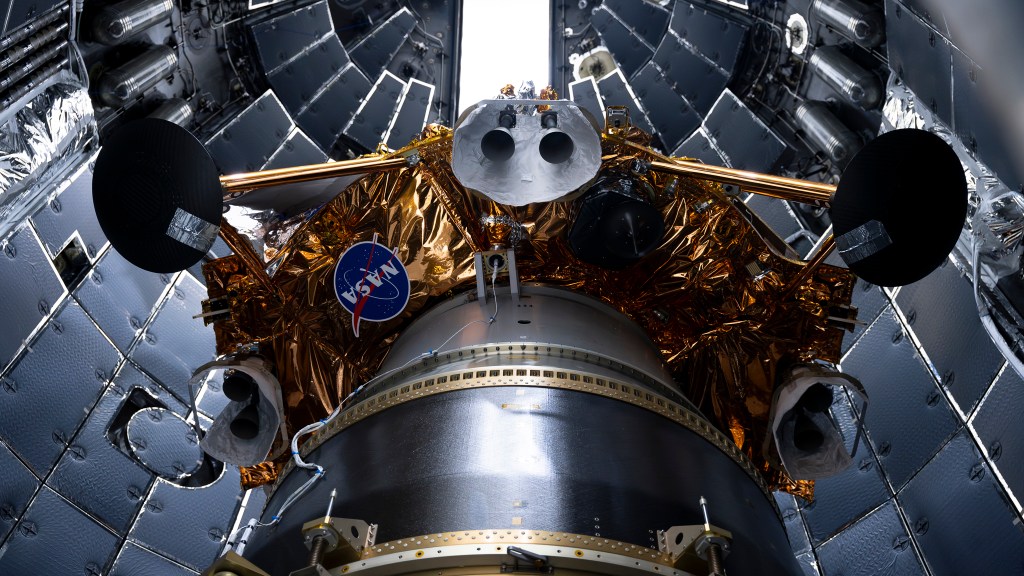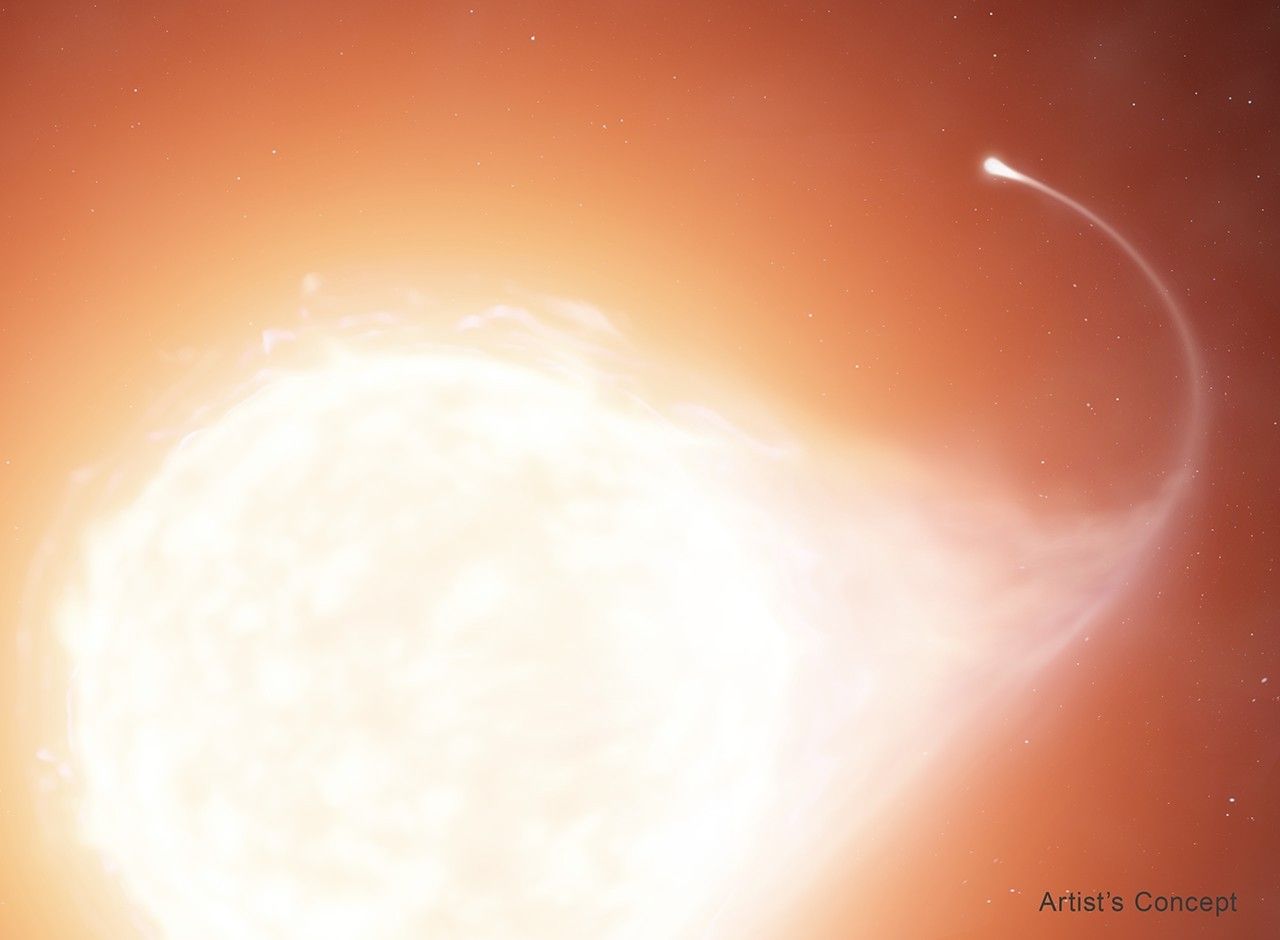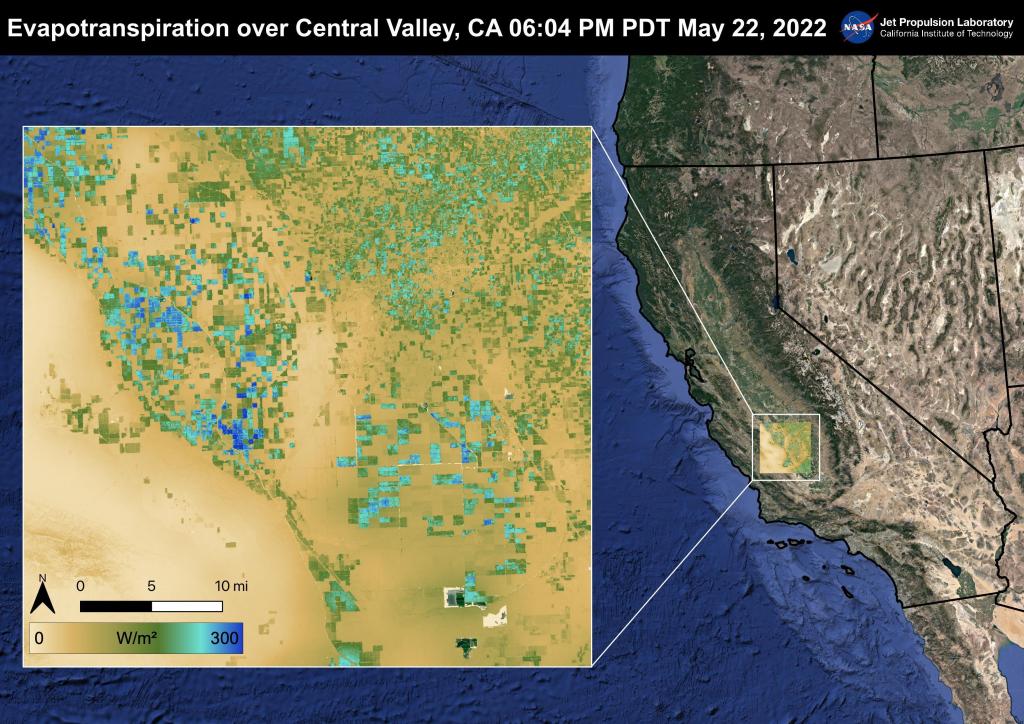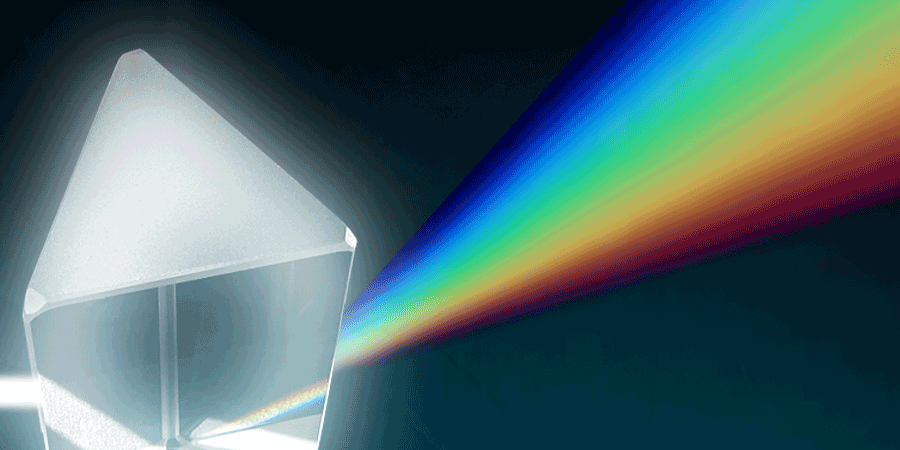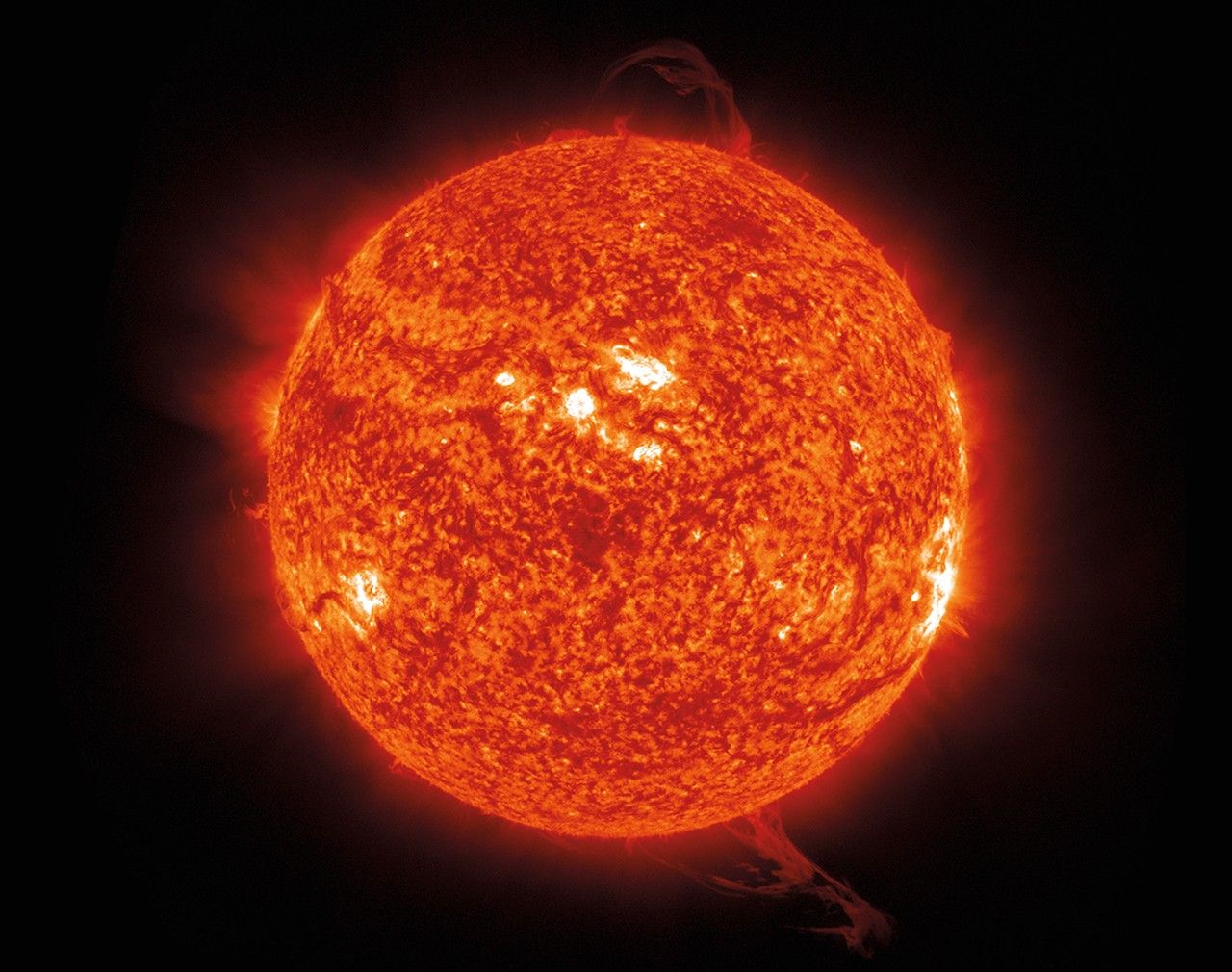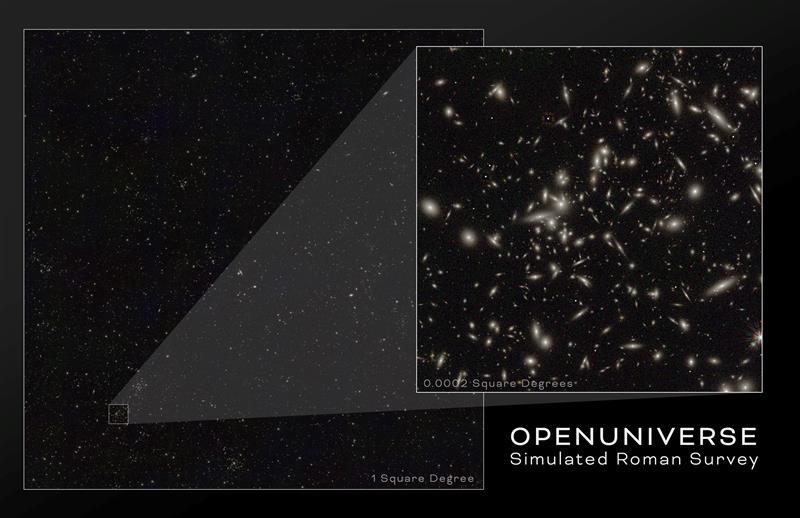New NASA Report Reframes the Challenge of Addressing Orbital Debris

Orbital debris is an increasingly serious issue that could impede access to space and complicate everything from communication satellite operations to astronaut safety. The U.S. National Orbital Debris Implementation Plan identifies three broad methods of reducing the risks posed by orbital debris: reduce the creation of new debris, better track and characterize debris, and find ways to remediate existing debris.
NASA has been a global leader and source of technical expertise on debris mitigation and characterization, but the agency needs more information to better understand remediation. Signifying a major step in that direction, a new report from the agency’s Office of Technology, Policy, and Strategy (OTPS) looks at the costs and benefits of various debris remediation capabilities.
“We know that the number of objects in orbit is growing, and that means we need to look carefully at how we’re analyzing the risks to operators of satellites and spacecraft,” said Bhavya Lal, NASA associate administrator for technology, policy, and strategy. “This groundbreaking report takes a different approach compared to past studies. It looks directly at the risks posed by debris, not just using proxies such as sizes or number of debris objects but more directly in terms of the potential financial costs.”
The report, “Cost and Benefit Analysis of Orbital Debris Remediation,” considers several remediation approaches to reducing the risks posed by orbital debris, including moving, removing, or reusing it. Some remediation approaches could create more benefits than costs in under a decade, the report found.
To produce the report, NASA OTPS developed a simplified model to estimate the risks of debris strikes to spacecraft operators and how those risks may be reduced as debris is removed. The report also estimated the cost and efficacy of various remediation approaches for debris ranging in size from 1 centimeter in diameter to the largest pieces of space junk in orbit.
While previous considerations of orbital debris remediation have focused on removing large debris to minimize the amount of debris in space over long timescales, the new NASA OTPS report takes a more holistic approach to remediation, by including non-removal approaches for large debris and removal approaches for small debris. The report also reframes the discussion on the benefits of remediation to focus on reducing financial costs to satellite operators in the near-term.
Based on current information, the report found, the most effective remediation methods for reducing risk could involve nudging large debris away from collisions, rather than completely removing them from orbit, and removing small debris in the 1-10 cm range with laser systems.
Ultimately, the report called for more rigorous and wide-reaching analysis of the potential costs of orbital debris for satellite and spacecraft operators and to get better cost estimates for performing novel types of debris remediation. The first step, it says, would be to gather feedback from the space community, then use that feedback to prioritize follow-on work to build on current findings.


